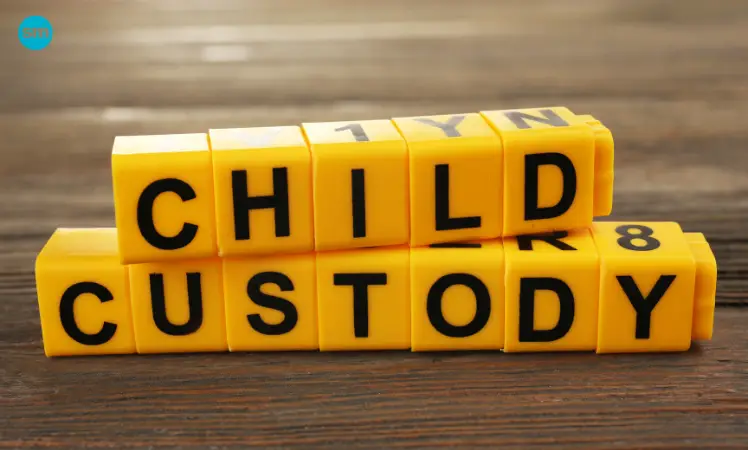Last Updated on January 23, 2024 by Lori Pace
Custody of children in a divorce is divided into two parts: legal and physical. It is not uncommon for physical and legal custody to be different. If the parents live far apart, for example, they might have joint legal custody but not joint physical custody. So, what are the differences between different types of custody?
Legal Custody: Different Types of Custody
Legal custody means you have full control over your children’s lives. This includes:
- where they go school
- their religious instruction
- their education
- And also, whether or not they require academic tutoring.
You and your spouse made these decisions together during your marriage. Judges want to preserve that relationship when you decide to divorce. Hence, in most states, the default preference is for parents to have legal custody together. Moreover, the preference is also for them to continue making decisions for their children.
Joint Legal Custody
This can take many forms. It is not unusual for one parent to be the primary caregiver in a marriage. However, this can also be true after divorce, even if both parents have legal custody. One example is that a parent who is primary caregiver may make decisions as part of legal custody. This could include:
- authorizing routine
- emergency treatment
- or event selecting a tutor to help a child who has academic needs.
The legal right to be involved in these decisions is granted to the other parent. However, it is up to the parents how they make it work. They might agree that it is easier and more efficient for one parent to have greater daily responsibility.
Parents who can’t agree on simple matters could find themselves in a fight over joint legal custody. So, these problems could be where their children should go for medical treatment, or if they should take lessons in piano. This type of dispute can also lead to ongoing conflict between parents. As a result, it can cause life to be miserable for all involved.
So, what the judges will do in this situation?
Judges also find this type of decision-making difficult. The judge will usually give sole legal custody to one parent if parents are fighting over all aspects of their children. The judge will also give sole legal custody to the parent who makes the decisions regarding the children’s welfare, health, education and welfare. If one parent is not available, a judge may grant sole legal custody.
- Living far away from home?
- Is abusive, neglectful, or
- Is not involved in the child’s daily life or spend time with him.
A judge can also order joint legal custody but designate one parent the tie-breaker in case the parents cannot agree. Although this is not the same as sole legal custody, it encourages both parents to be involved at least in trying to reach a solution.
Physical Custody: Different Types of Custody
The physical custody is the place where the children live regularly. You can share it with both parents, or grant it to one parent. It can have an impact on your future. In some states, the parent who has sole physical custody of the children is entitled to the presumed right to move with them. The noncustodial parent must show the court that the move would be prohibited in order to prevent the move.
It could be detrimental to the children. Don’t believe the lawyer of the other parent who says it doesn’t really matter if you give the other parent sole physical custody despite spending significant time with your children. Talk to a lawyer about the possibility of your decision coming back to haunts.
Joint Custody: Different Types of Custody
Judges prefer to order joint custody to ensure that the children are in regular contact with both parents. Some states require judges to decide that joint physical custody is the best and ask any parent to show evidence that it is not. The children get two parents who are involved and engaged in their lives and two homes. They don’t have to go to one parent’s house or one.
Although it doesn’t always mean a 50-50 split, joint physical custody is usually close to that. However, this only works if the parents live close enough that their children can easily move between houses. They can also maintain their normal activities regardless of which house they are in. If the parents are not compatible, shared physical custody can be a bad idea. There are too many transitions between the parents that could lead to conflict.
Sole Custody and Visitation
One parent who has custody of the children most of the time is granted sole physical custody. The other parent can schedule regular time with the children, known as “visitation” and “parenting time.” One arrangement that is very common is for one parent to stay with the children in their home. The children spend the majority of their time at home. Besides, they can visit their other parents only when they are available.
Legally, the parent who has sole physical custody is the custodial one. Besides, the other parent is the noncustodial person with visitation rights. Many people had a very standard arrangement of “Wednesday evening dinner” and “every other weekend”. In short, the mother was the sole physical custodian. While the father was granted visitation rights for one meal a week and every weekend. Although legal custody was usually shared, it wasn’t uncommon for the mother to also have sole legal custody. So, this schedule is still in use. But there are many other schedules.



